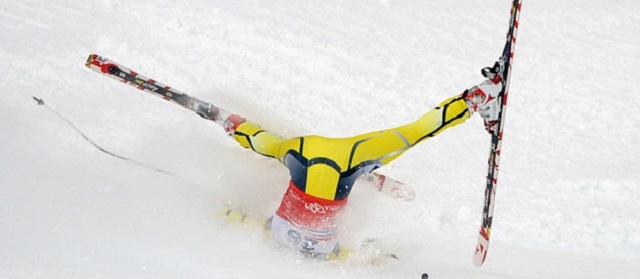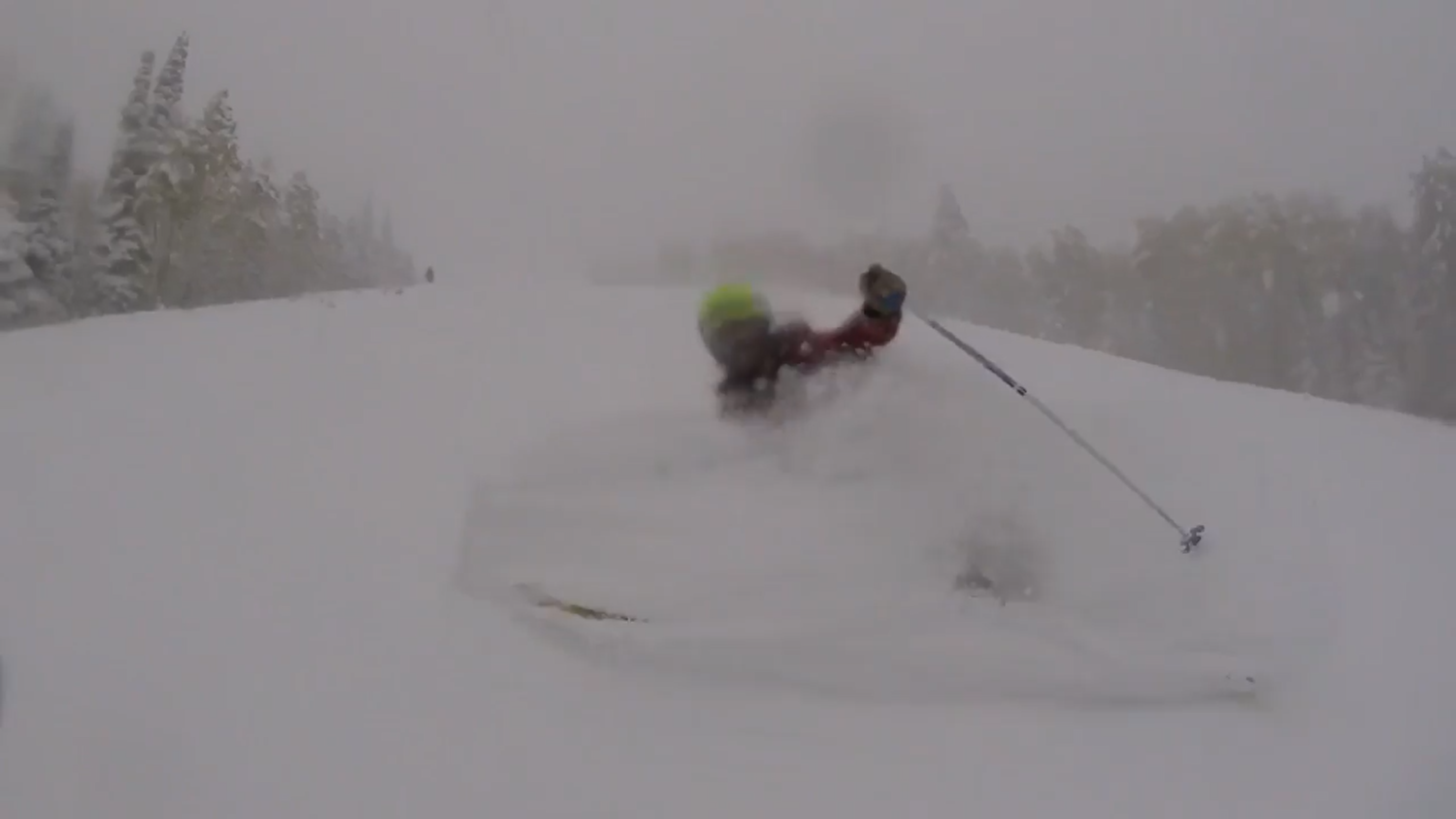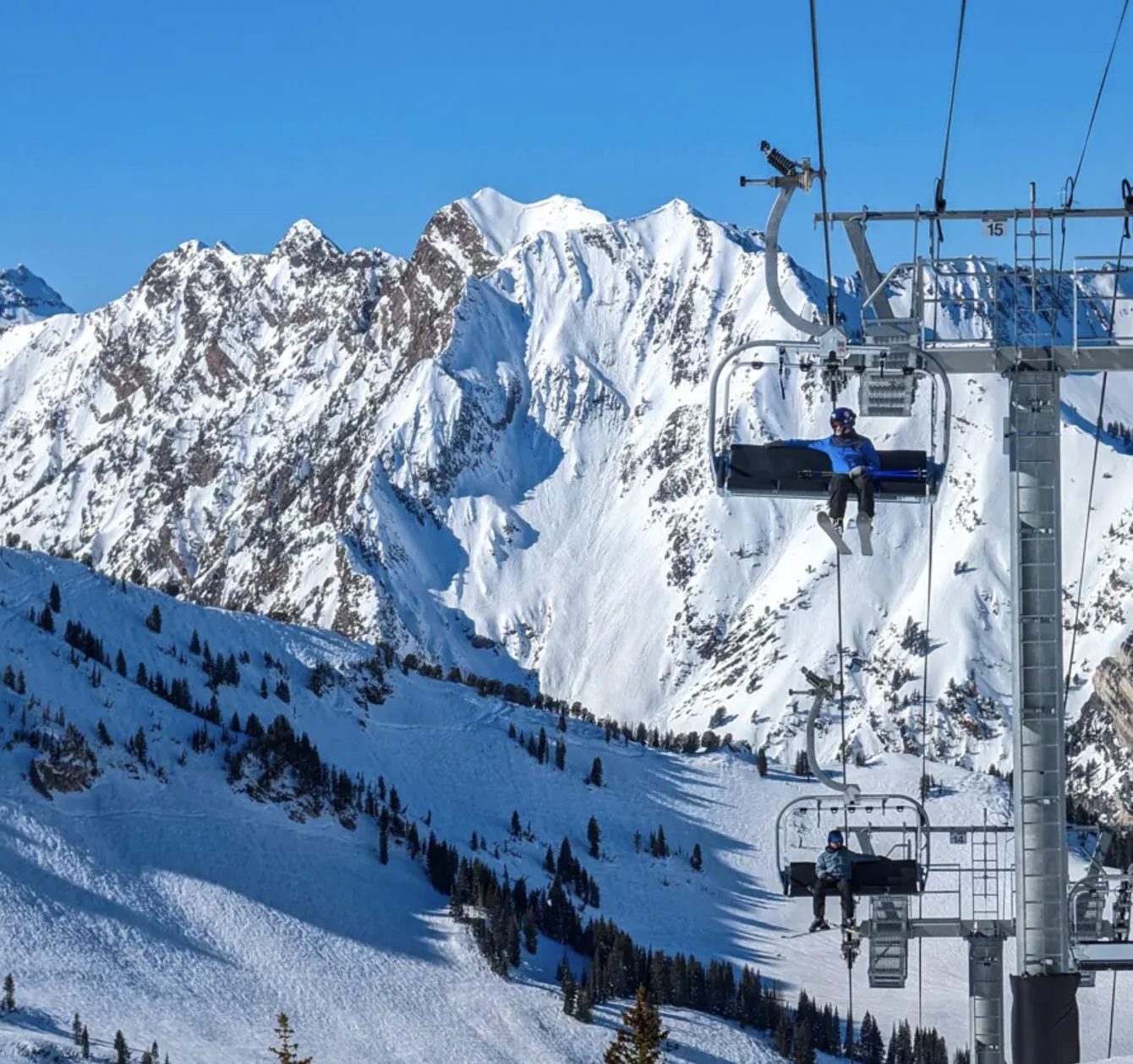
The last month has been big, and it seems like everybody is nursing an injury whether large or small. The knees, hips, wrists and other parts of skiers and snowboarders alike have fallen prey to fearsome malfunction that is injury. Many of these injuries are season ending, and require expensive surgeries, exhausting rehabilitations, and many moons to recover from. So how do we avoid these unspeakable blackholes of missed powder days and no skiing? Or worse, can we avoid injury or are we just destined to eventually succumb to our imperfect bodies?

Dr. Robert Weiss of Darien, CT, states that the primary factor in preventing injury in skiing is to treat it as you would any other sport, and condition yourself beforehand.
“The primary prevention for reducing ski injuries is to be well conditioned beforehand. A large majority of downhill skiers report being injured when they are too tired to avoid a fall.”
– The Wise Dr. Robert Weiss
While this sounds like simple advice, it is actually much less simple but much more effective than simply saying something like, “ski slower” or “don’t ski dangerous terrain.” The fact is, skiers love the sport because of the way they express themselves through it, and for many of us, that means going fast and skiing steeps. You wouldn’t tell a 400 runner that to avoid injury he or she must run slower.

It’s less simple because skiing uses many muscle groups, so workouts catering to the sport are going to be diverse. However, the most important for preventing injury are the quadriceps and the gluteals, or front and back of the thigh, respectively. Legs of steel is really quads and gluts of steel. These can be trained with squats, step-ups, lunges, and cycling, which can get you fit and be incredibly enjoyable in its own right. Those truly serious about their skiing should be sure to stretch before and after hitting the slopes for maximum recovery times.
Conditioning, however, is more effective; because the majority of skiers become injured when they are too tired to avoid a fall, increasing our strength and stamina is the foremost challenge in avoiding injury. Conditioning helps us bring our bodies up to the challenge of the sport, not vice versa.

Perhaps most importantly for everyday skiers, our training is our early season. Don’t get out on a random December morning and tear down the fence just because conditions are soft. In fact, in my opinion, the first month of skiing should be training. Skiing long days at low speeds builds those muscles and reduces the risk of injury during fatigue. Ski touring also drastically increases stamina with almost no risk of injury during the hiking phase. Know your own limits for how hard you can push yourself. By the time January rolls around, you can start taking your ability to the next level.




